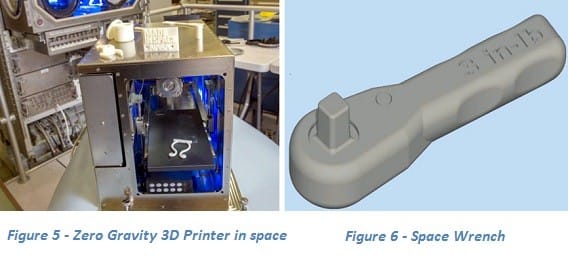3D Printer Technology Takes Over
Follow articleHow do you feel about this article? Help us to provide better content for you.
Thank you! Your feedback has been received.
There was a problem submitting your feedback, please try again later.
What do you think of this article?
The world of 3D printing is becoming more prominent. It is amazing what you can create using these machines. Pushing the boundaries of technology inventors and designers are creating prosthetic limbs using 3D printing methods. Creating solid 3-dimensional objects using digital files is now straight forward; limbs such as hands and arms have been completed.
Children have been creating their own styles, choosing colours and themes such as Iron Man and Star Wars. Different forms of customisation are becoming apparent daily. Surprisingly these limbs are low cost meaning growth spurts in children won’t cost a small fortune.
They are quick to produce. A prosthetic limb can be created within a day. 3D Prosthetics are practical and comfortable too.
How does 3D printing work?
Using CAD files (Computer Aided Design) a virtual design of the object is created using a 3D modelling program. The final product is sliced into hundreds of horizontal layers. The 3D printer is loaded with this file and the printer can create the item. It uses thin plastic melted filaments squeezed through a nozzle one tiny layer at a time.
This link showing more insight into the world of prosthetics created using 3D printers.
There is so much scope when using 3D printing.
So many technologies are taking advantage of this remarkable step forward in design and creation.
Here are a few of the many examples:
Happy as a duck in water
A completely different concept is creating new feet for a duck.
A duck who lost his feet from frostbite received a new set of feet courtesy of a teacher using a 3D printer. This was a great way for his students to become involved and gain more confidence in the use of 3D printers.
Print your own makeup
Using a small 3D printer you can choose any colour creating it using existing software . The next steps are to print the colour into blusher, eye shadows, lip gloss or any other type of makeup. Just as easy as mixing your own paint colours at a DIY store.
Here comes bride… all dressed in 3D white!

Wedding dresses are starting to be designed and produced in a week.
The dresses are constructed using layers fusing together nylon powder slowly transforming the material in layers.
3D Printed Trees – Harvesting energy
Leaves with printed organic solar cells generate electricity from sunlight, wind and temperature change.
Containing their own power converters the leaves can be used to power small electronic devices such as mobile phones and LED lighting.
Jet engines

NASA 3D projects
NASA has its own interests in 3D Printing. Due to zero gravity the International Space Station, which includes British astronaut Tim Peake, is using a zero gravity 3D printer. This enabled them to produce a socket wrench ready to use with ratchet action. All this was created using digital plans that were sent via email to the station from NASA mission control on earth.

Many engineers are pushing the boundaries of technology experimenting with different materials, new metals, concrete, glass etc. The list is endless.
A new innovation is the creation of a “Terminator 2” style printer. Making objects within minutes by lifting them from a pool of resin similar to the killer robot rising again from a pool of molten metal in the film!
Watch the video link to see a complete demonstration of how amazing this technology has become.
Looking into the future, 3D printers could become common place in our homes, businesses and more heavily involved with our health and wellbeing. Since the 1980’s 3D printing has become an addictive technology. Moving forward we are looking at a mass industry in many different areas of life, for example jewellery, fashion, consumable food, bone and tissue restructure, hearing and dental aids. Gartner predict that by 2019 10% of people in the developed world will live with 3D items that are on or in their bodies.




